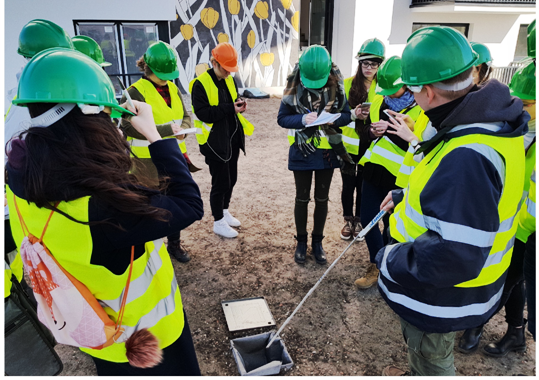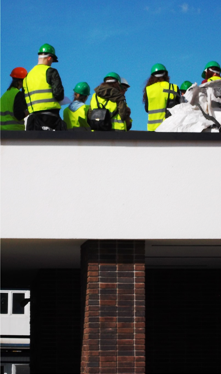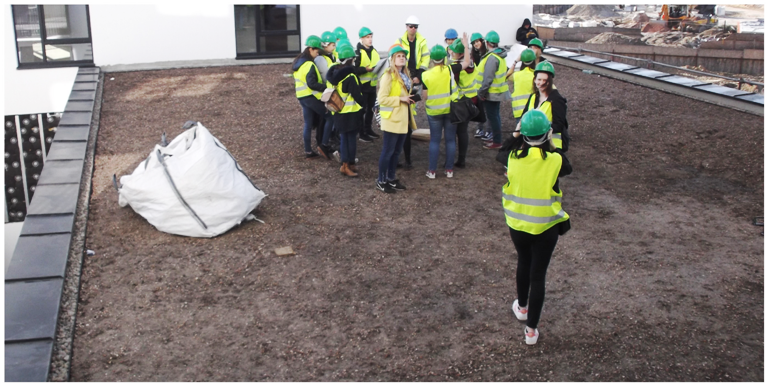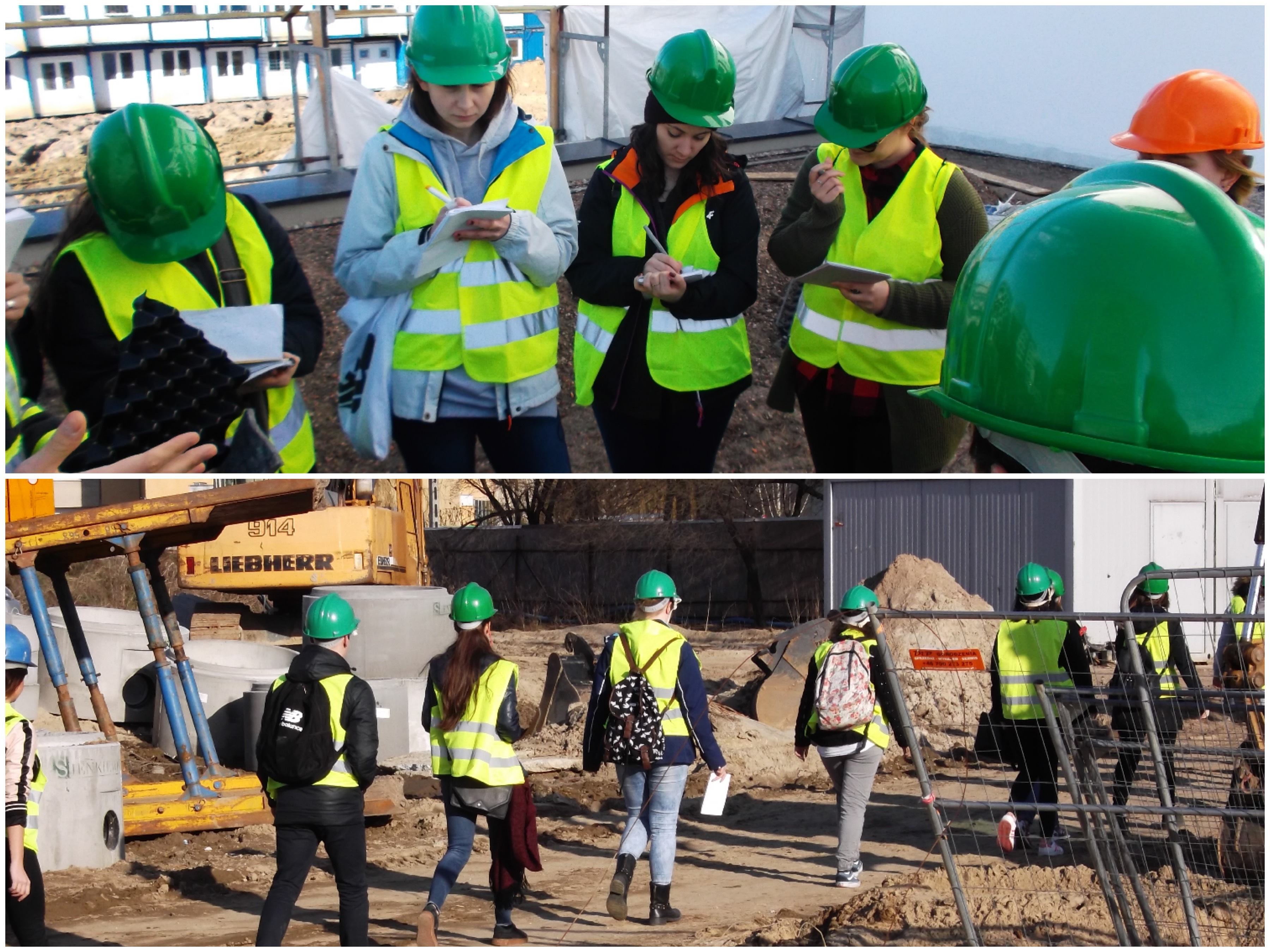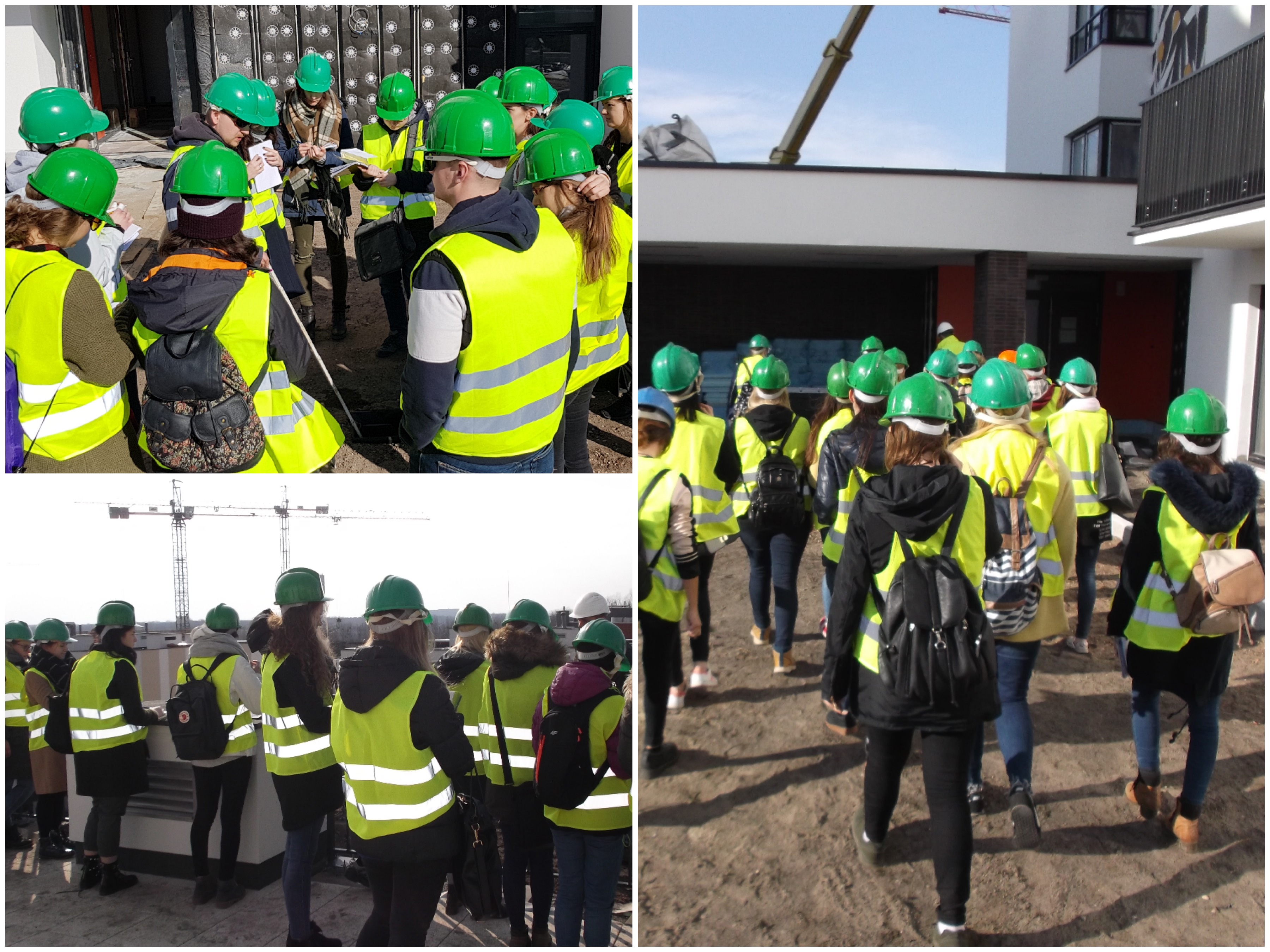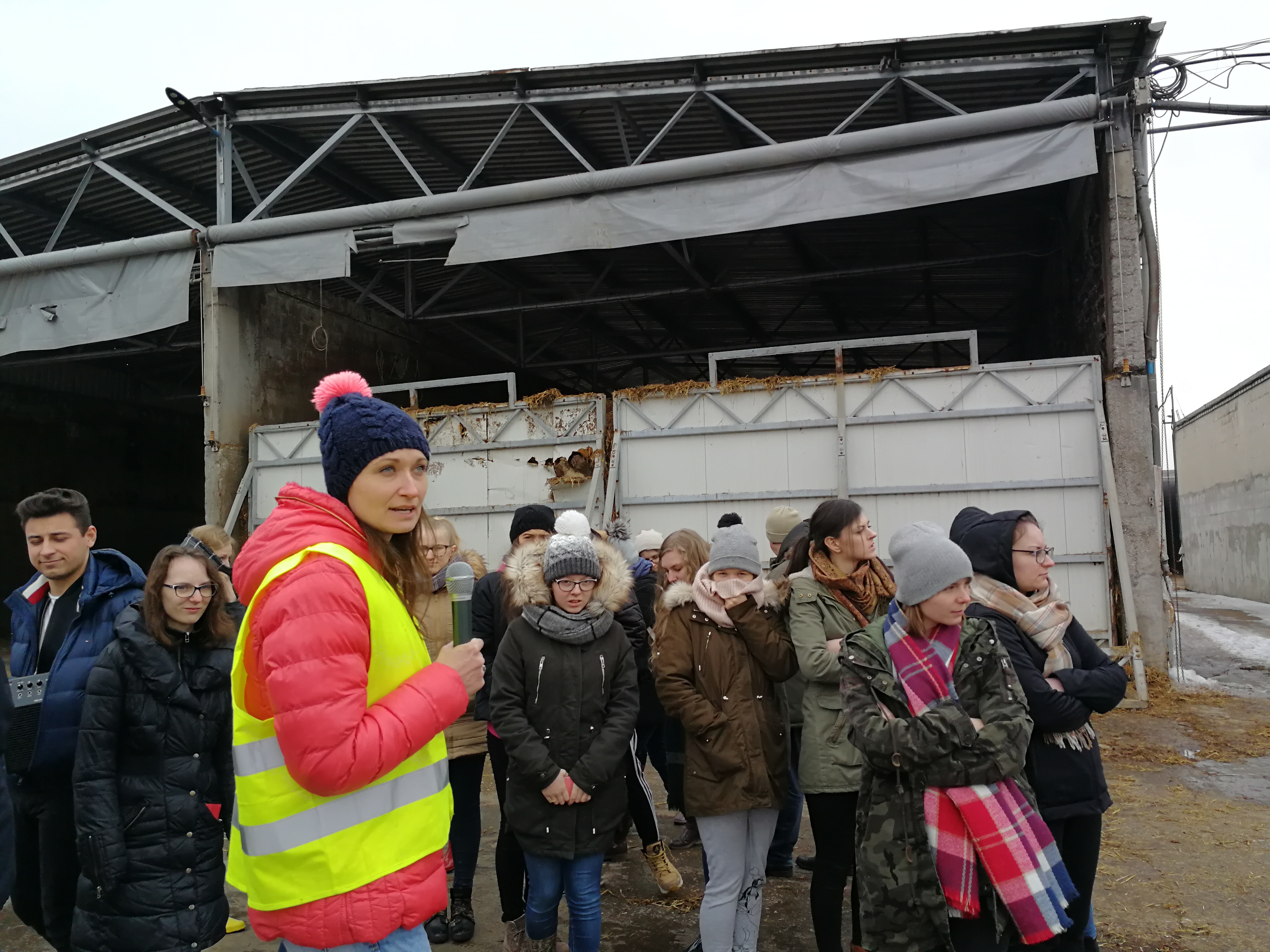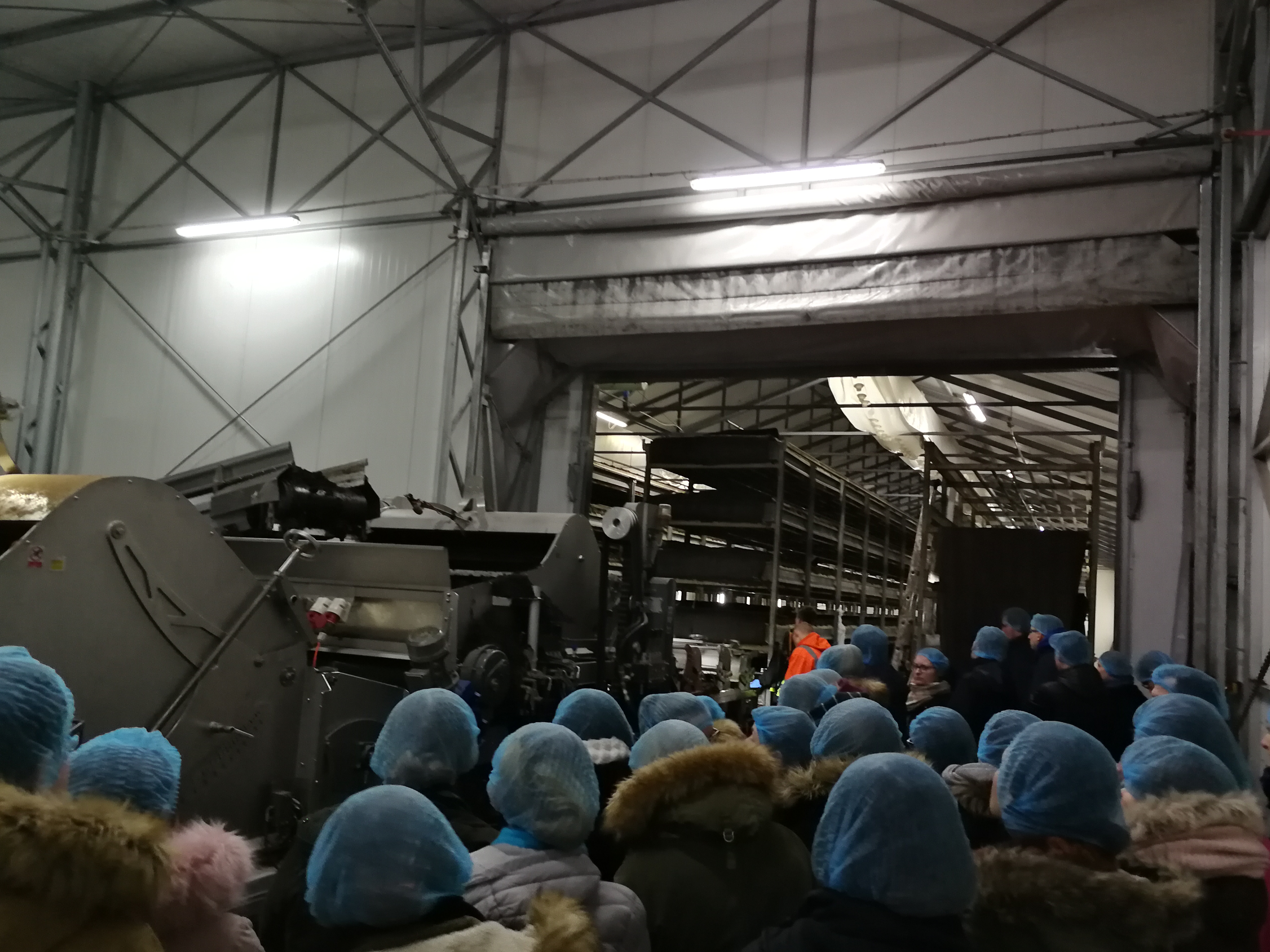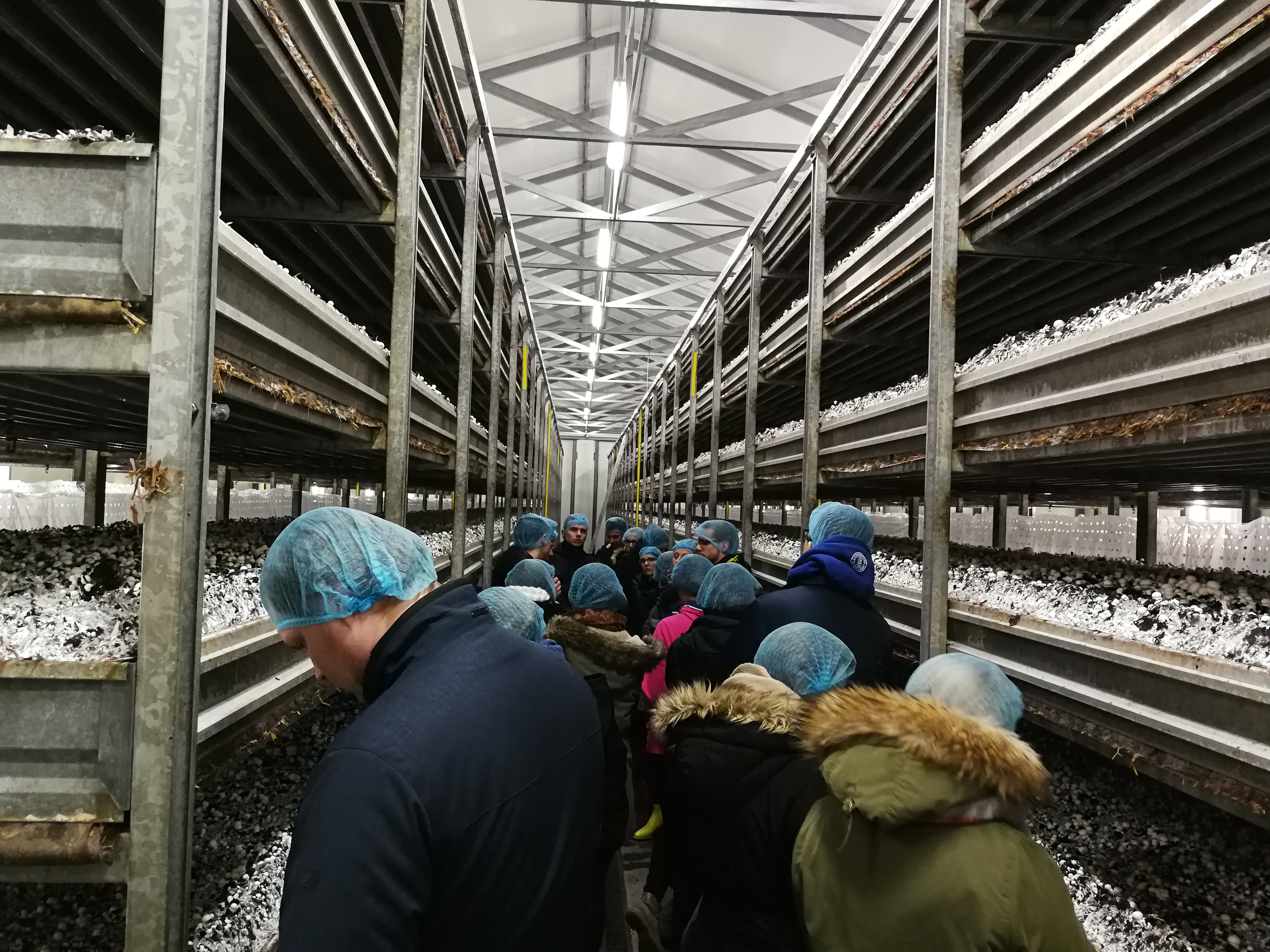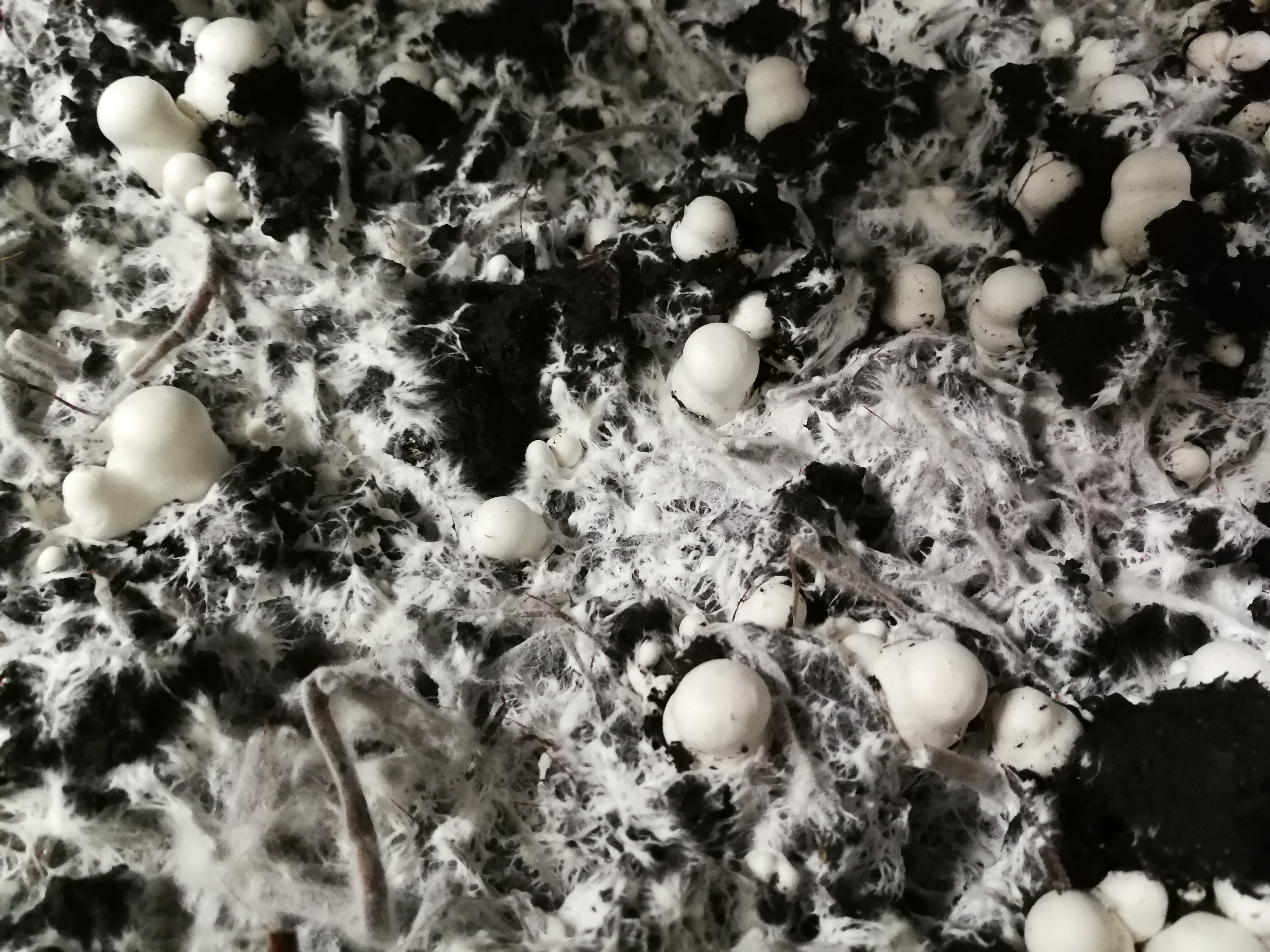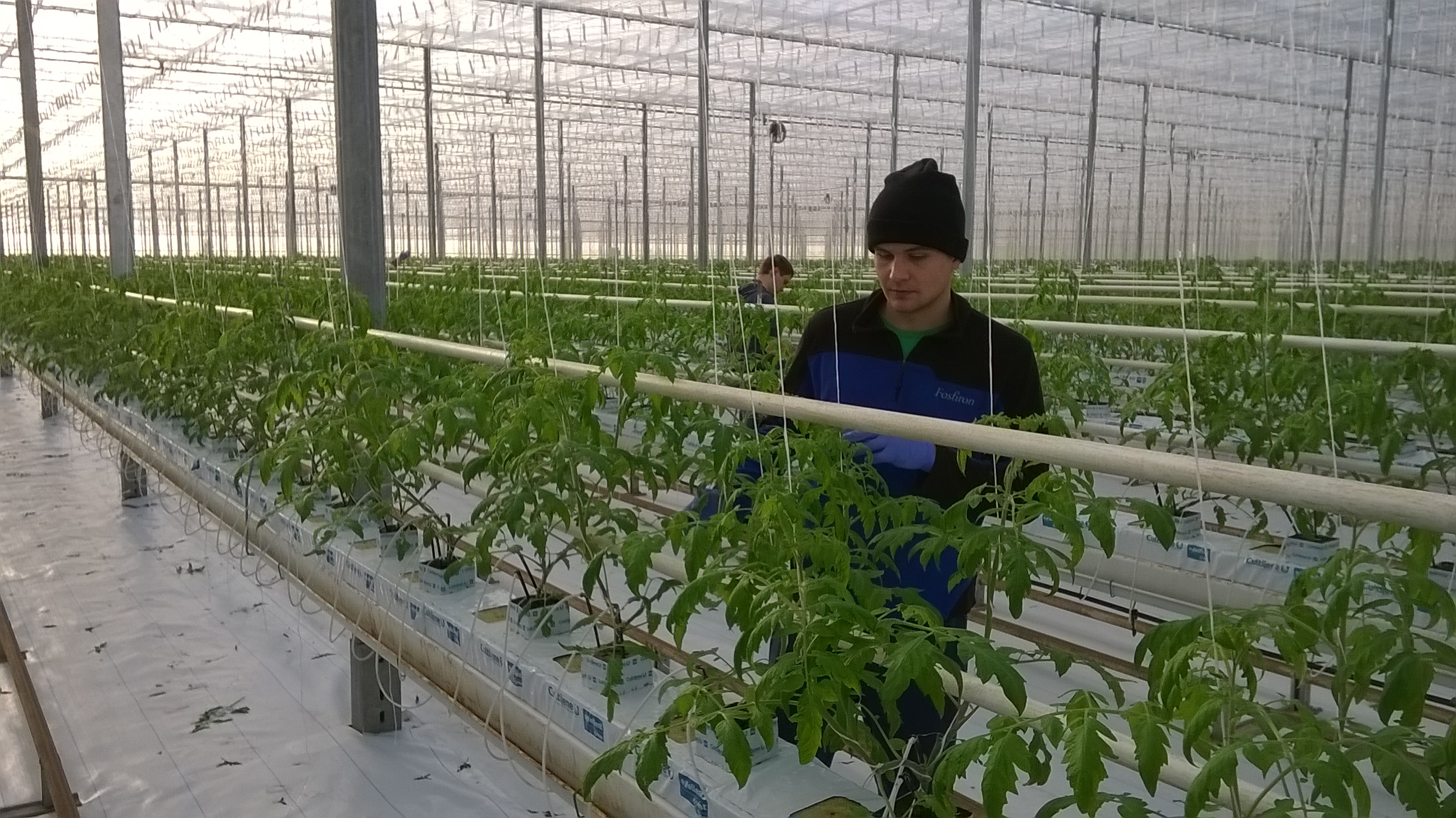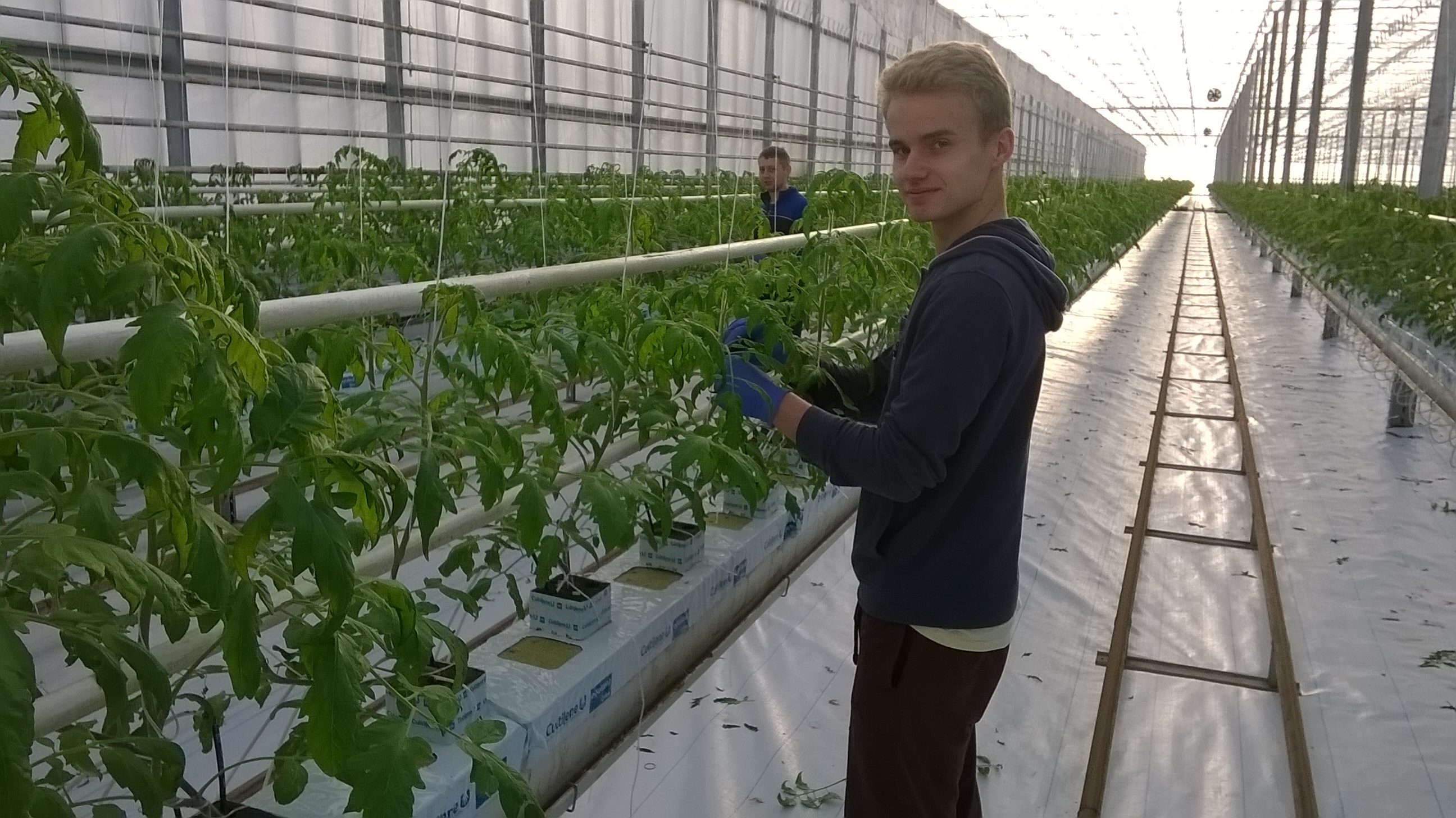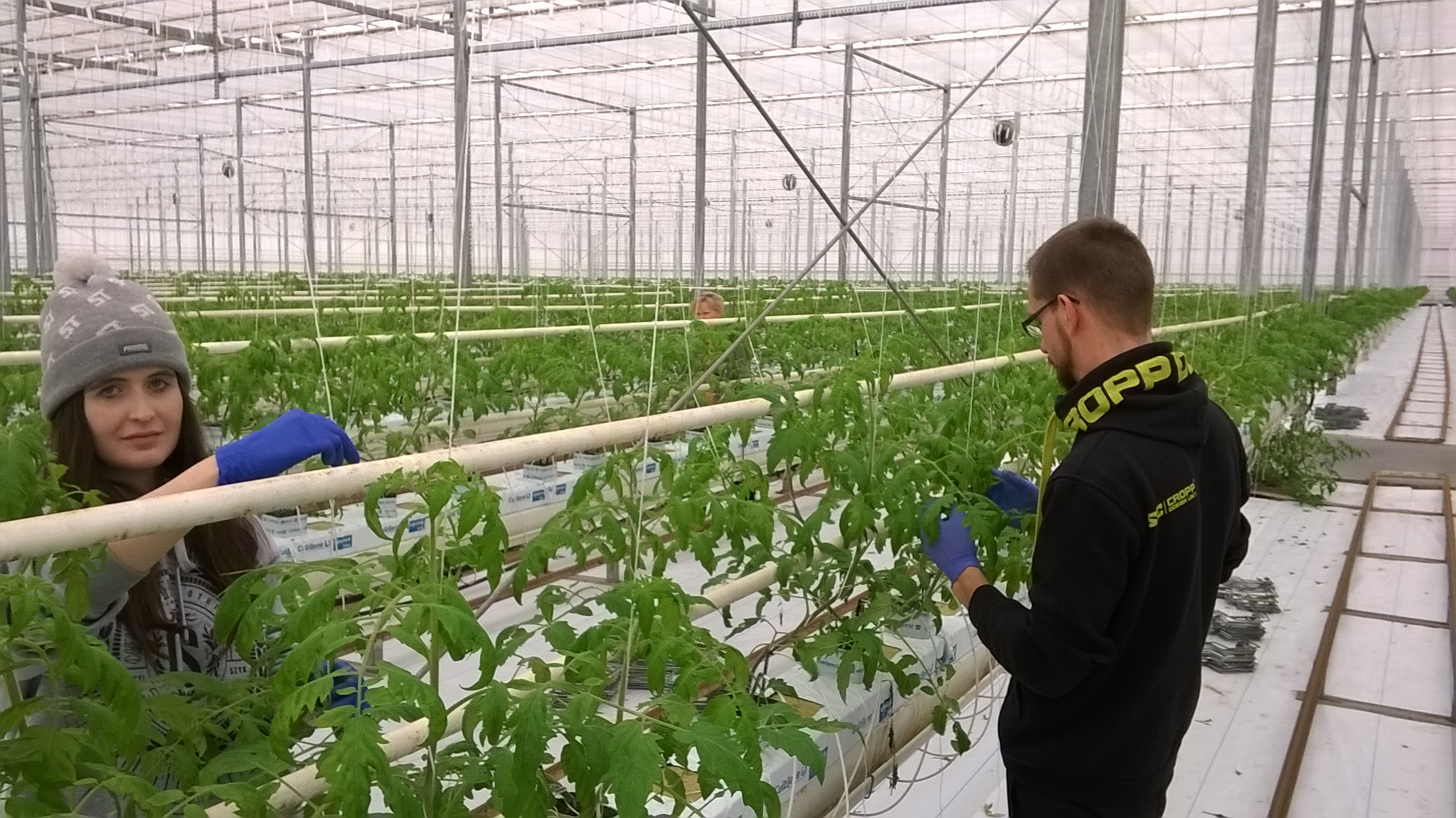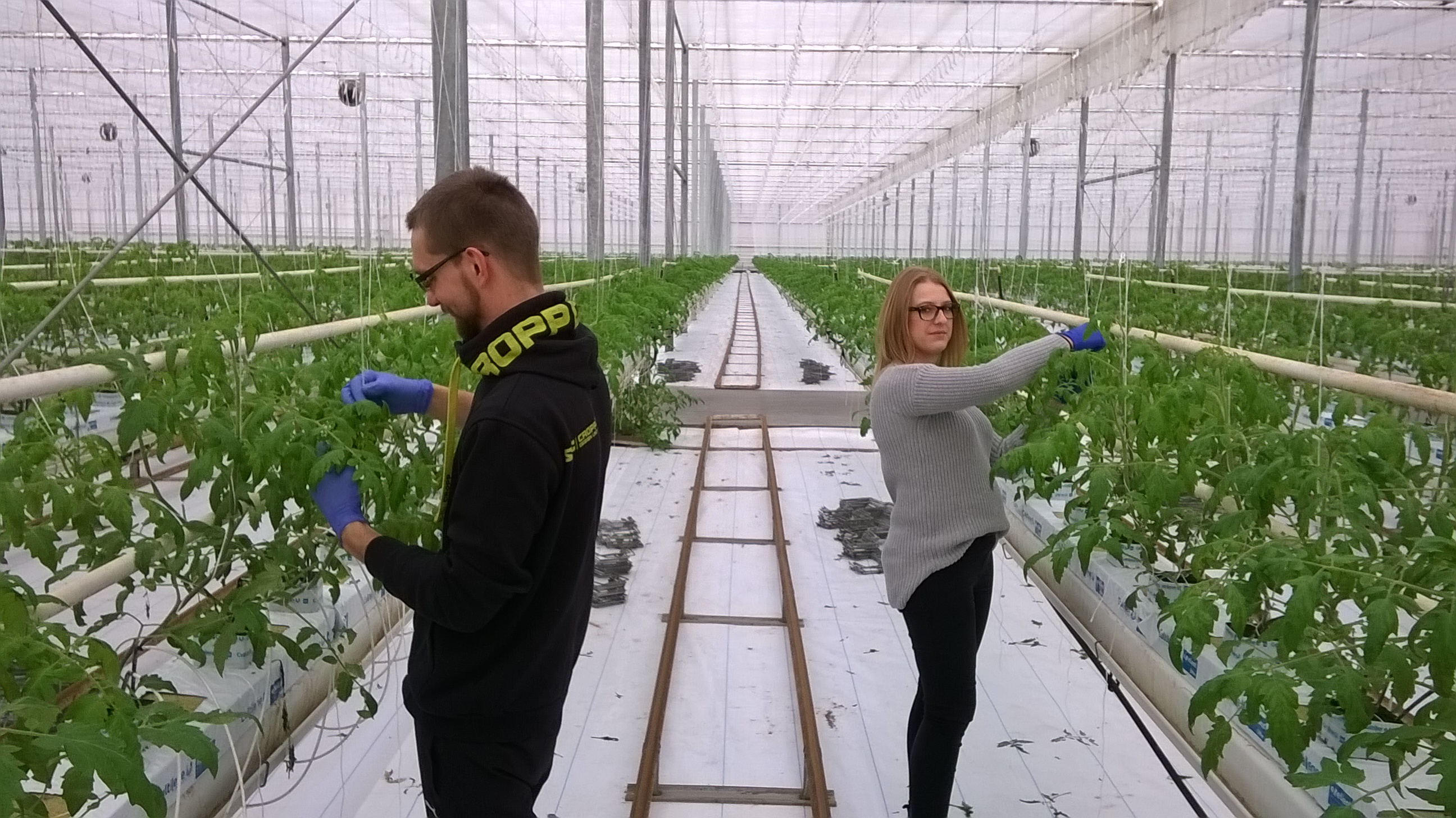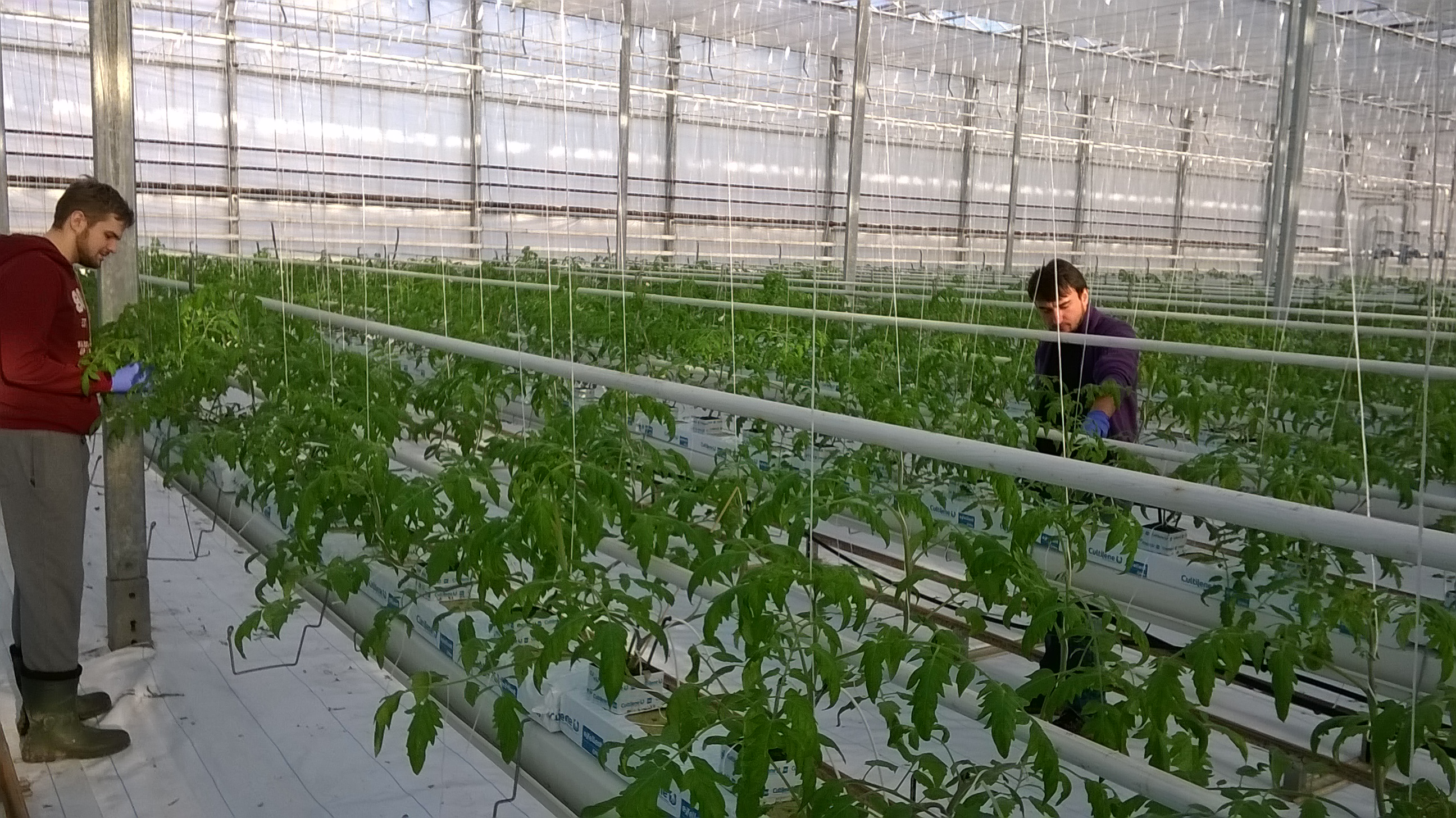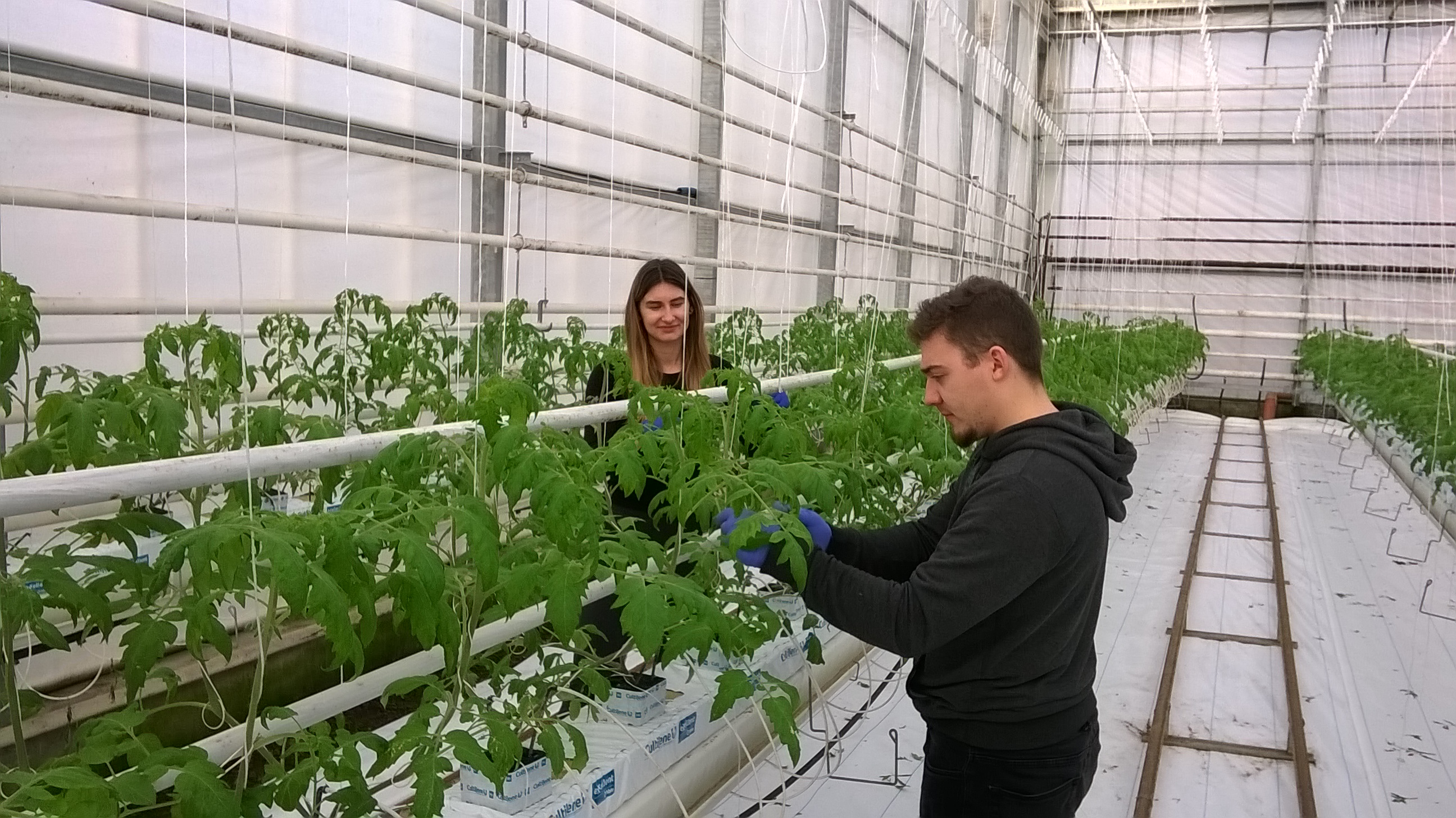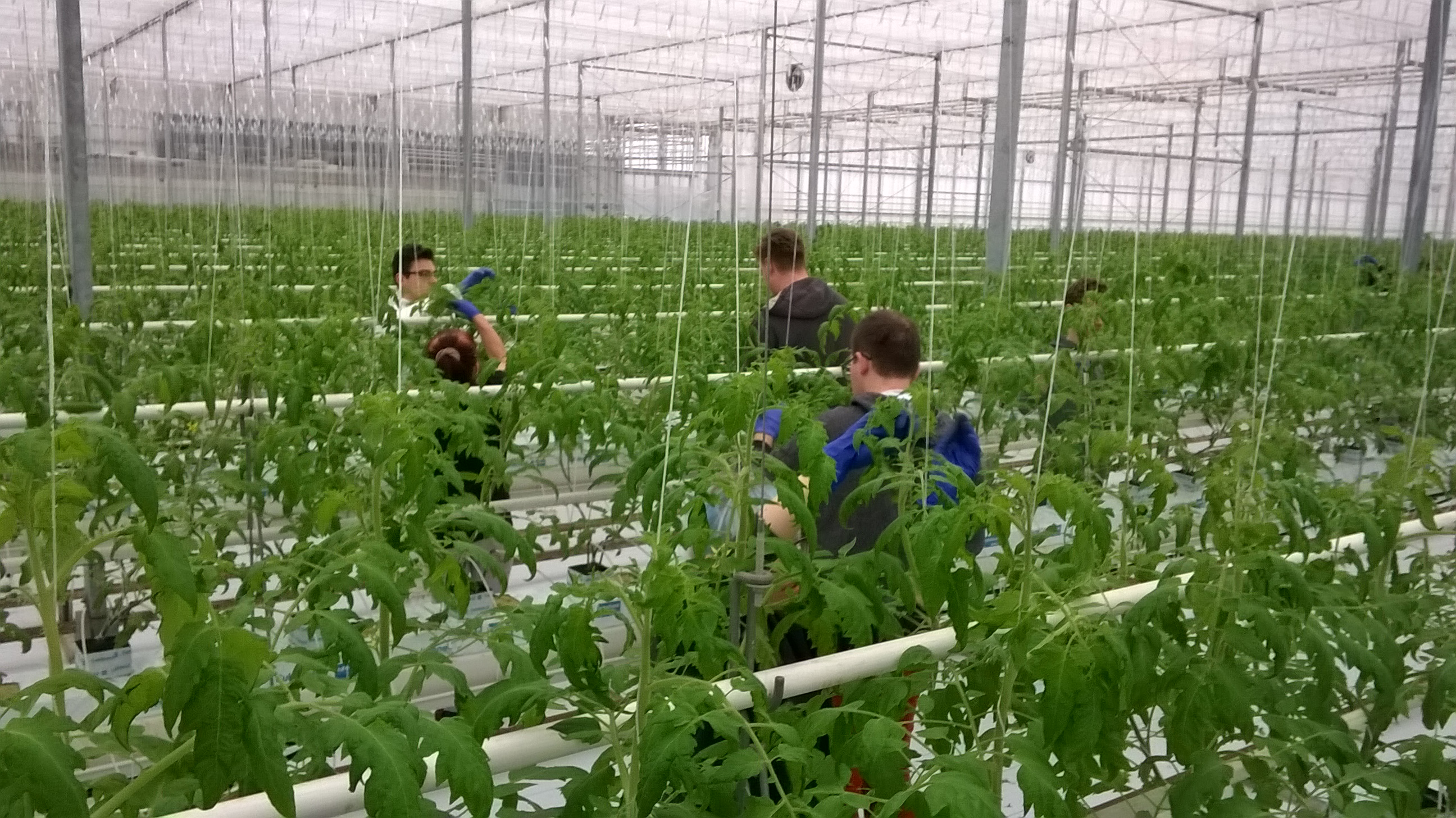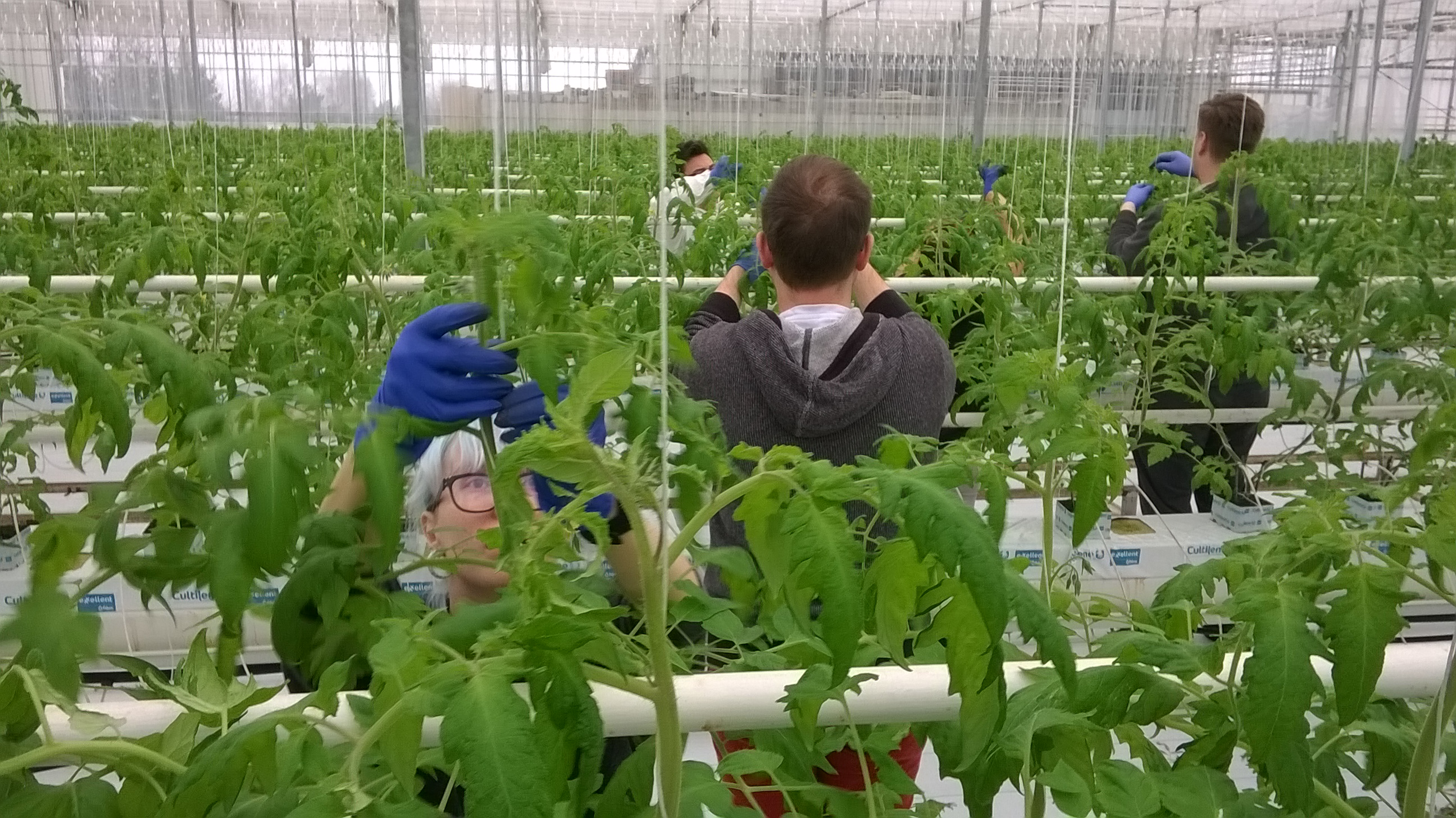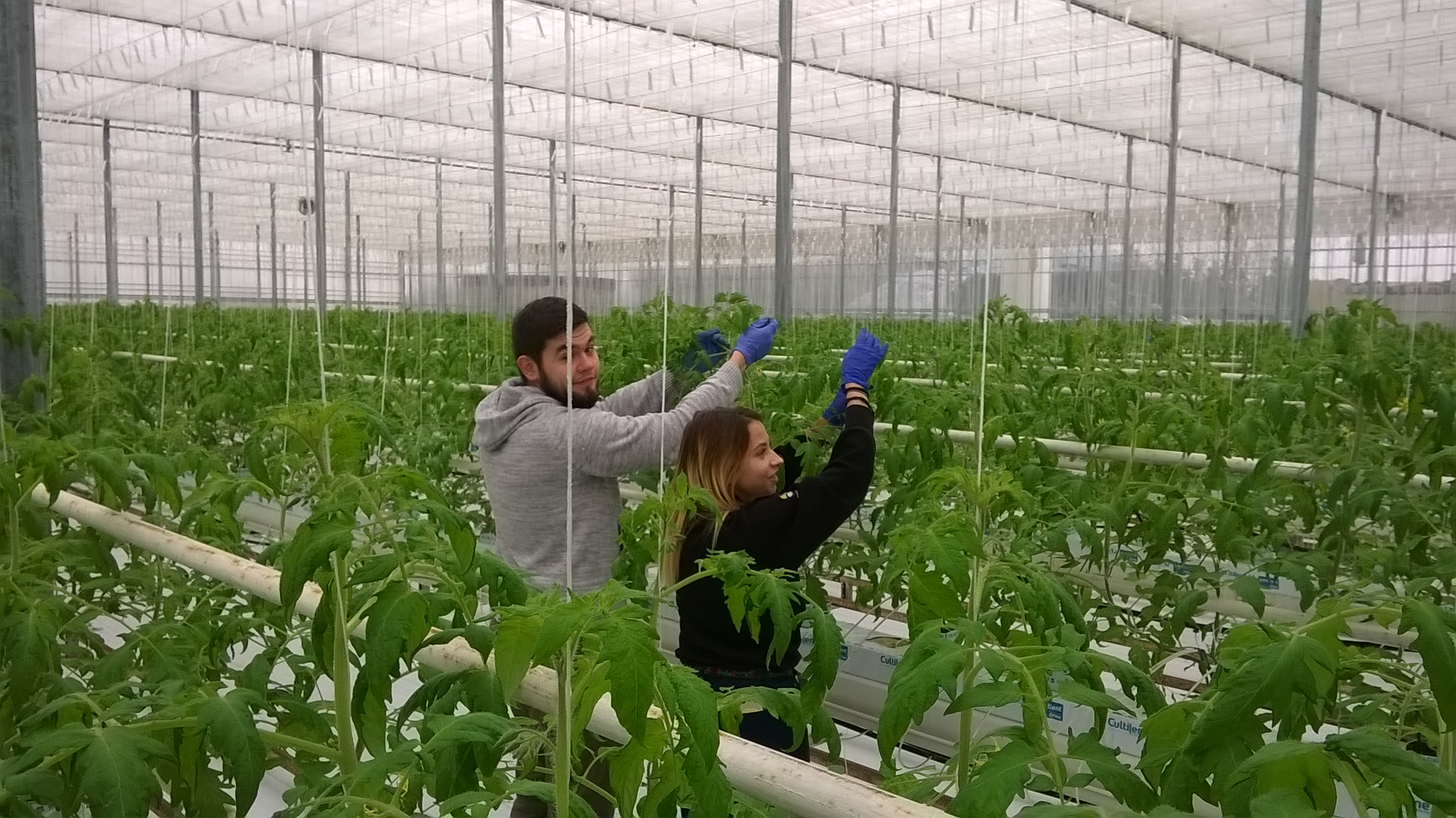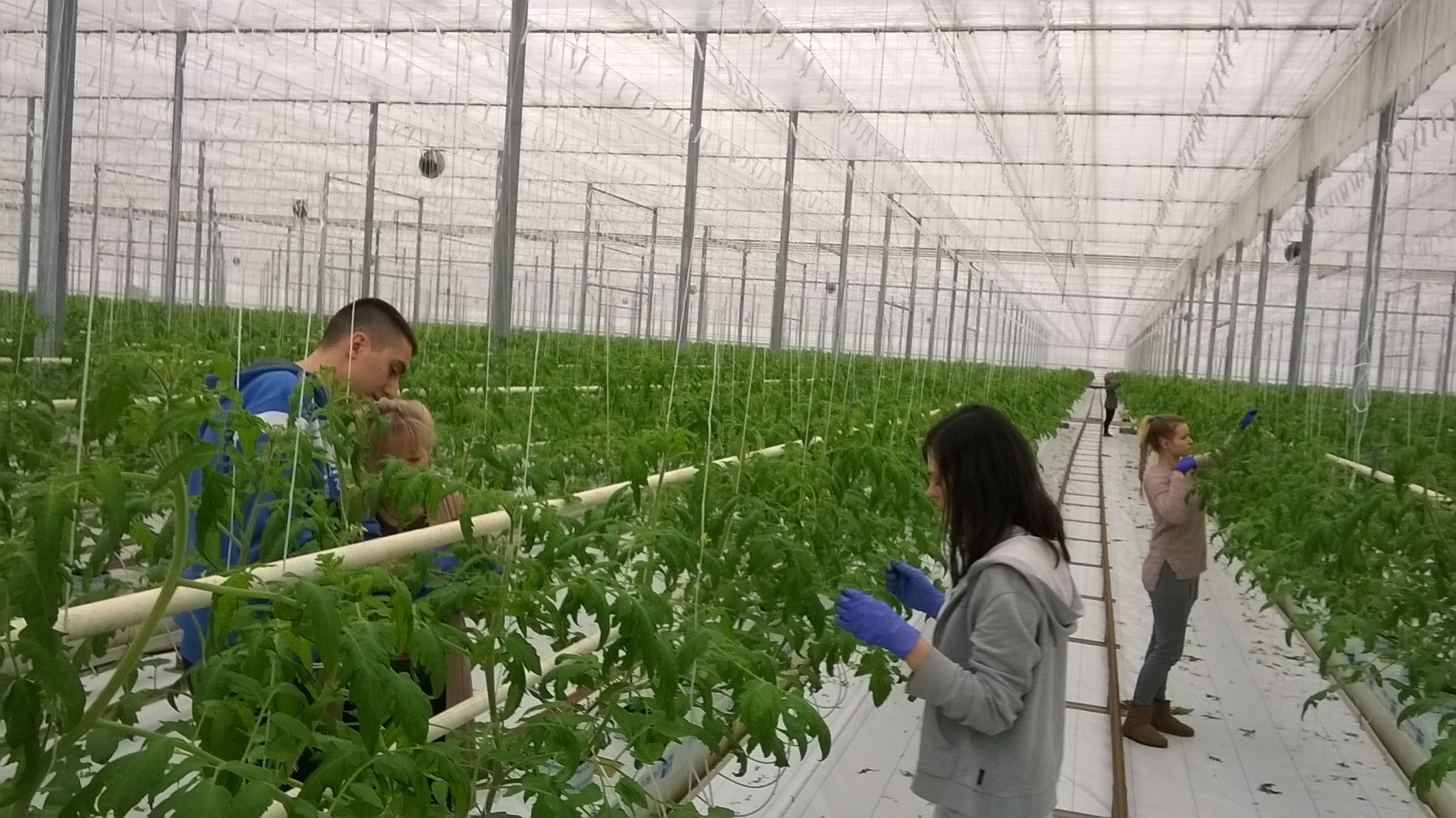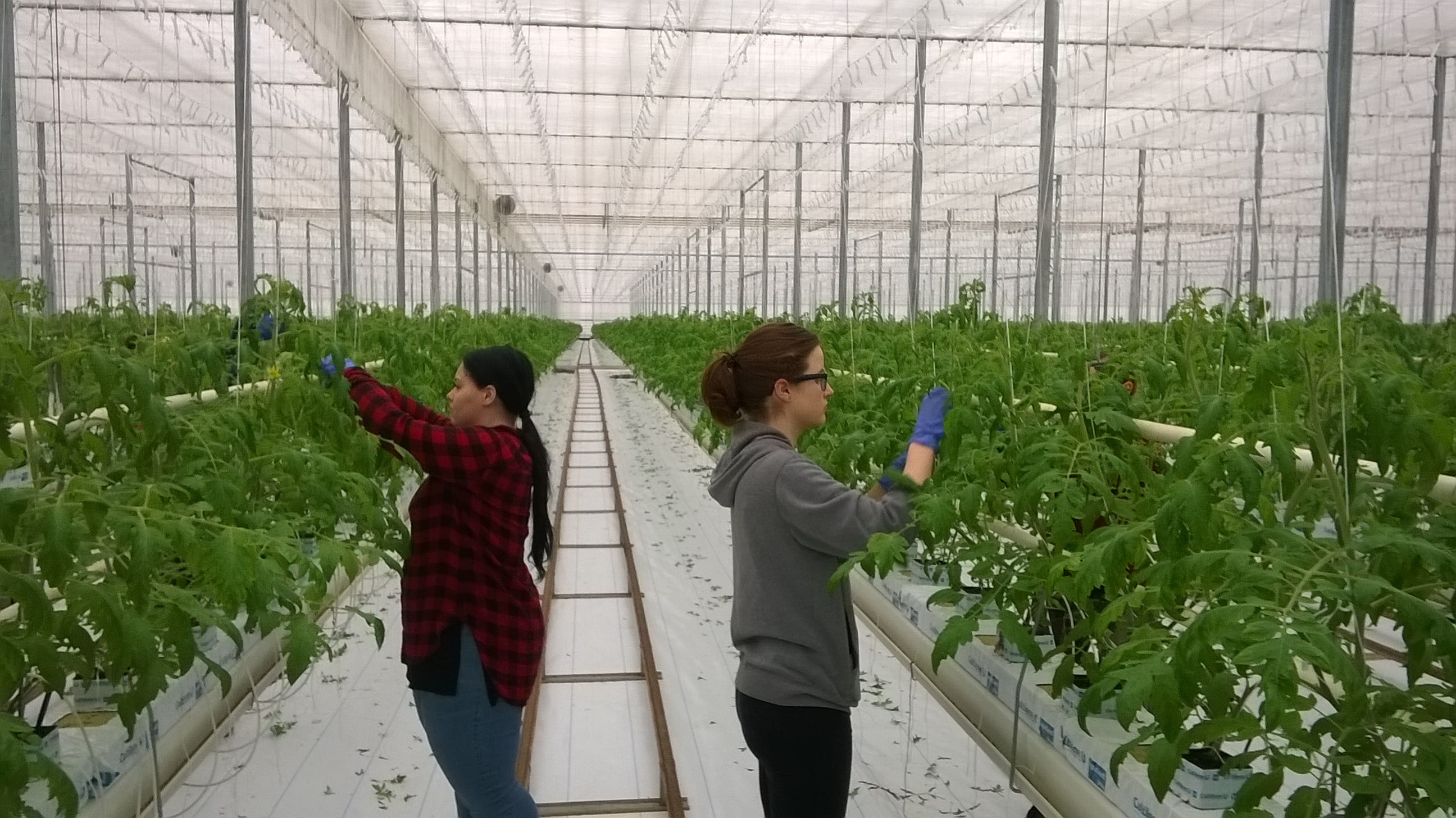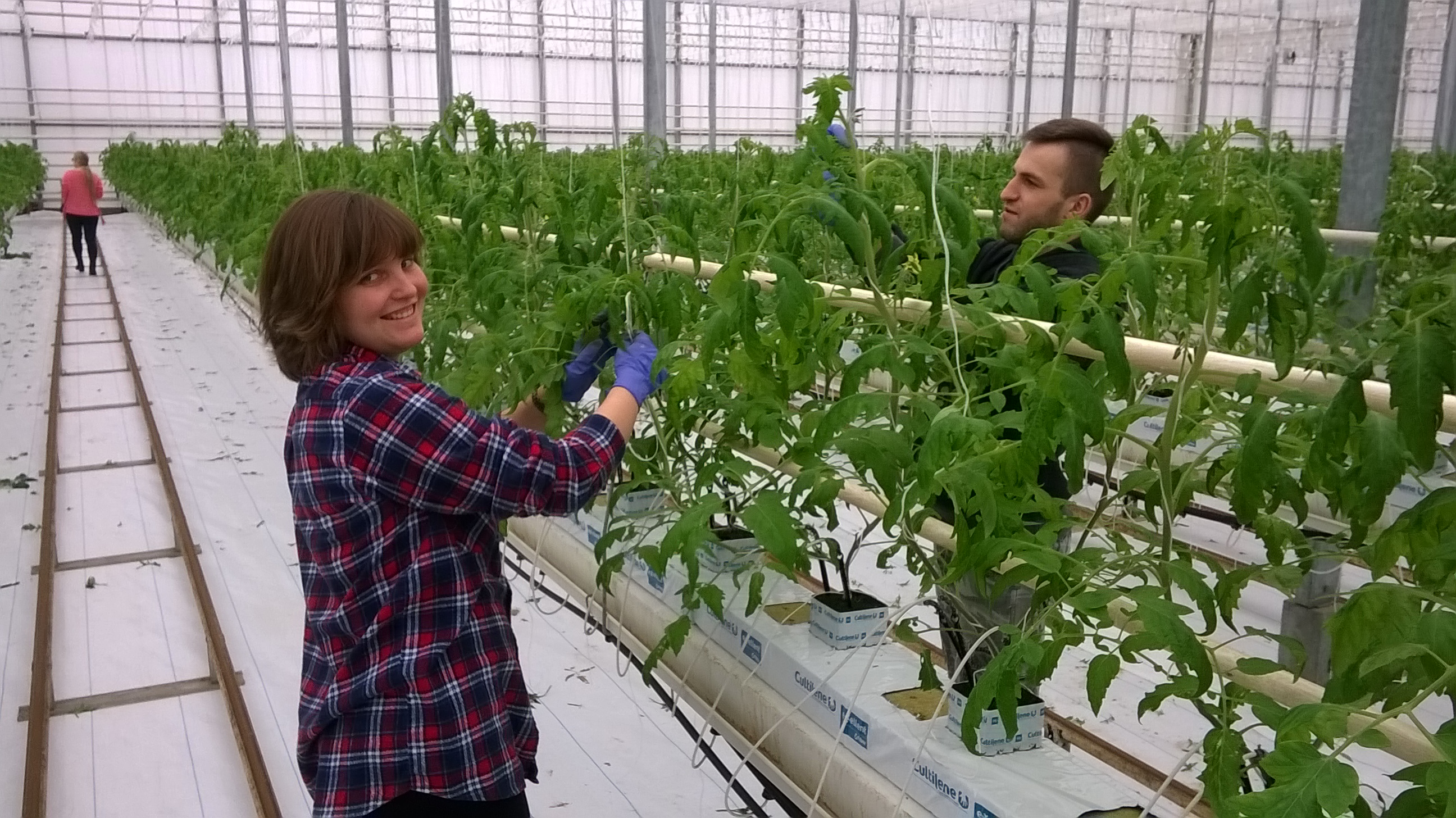History
The tradition of teaching horticulture in Poland goes back as far as to 1773 when the Commission for National Education introduced some practical training in agriculture, horticulture and veterinary medicine to the city and country schools. The former Faculty of Horticulture of the Society for Scientific Courses founded on June 14, 1913 was the rudiment for the after Faculty of Horticulture of Warsaw Agricultural University (SGGW). Piotr Hoser was elected for the Dean those times. On May 27, 1916 this Faculty was renamed to Higher School (University) of Horticulture and Włodzimierz Gorjaczkowski was appointed to the post of a director. The real beginning of the Faculty of Horticulture falls on a day of 18 of March 1921 when Maciej Rataj, the Minister of Religious Denominations and Public Education issued a decree calling into existence Faculty of Horticulture in SGGW with its first Dean – Professor Stefan Biedrzycki. Going into liquidation Higher School of Horticulture transmitted its scientific equipment and its gardens in Mokotów Field to newly created Faculty of Horticulture. There were 28 students in the academic year 1920/21. First laboratories were located in the buildings at Hoża and Miodowa streets in Warsaw and some in Skierniewice. During the period 1929-1934 the activities of the Faculty were successively transmitted to the buildings at Rakowiecka street.
During German occupation period (1939-1945) the undercover education was continued at SGGW, including also Faculty of Horticulture. It was partially official, in the frames of legalised horticultural education on the level of highschool and partially undercover as separate secret courses. The part of SGGW property was carried away to Germany in 1944. During the Warsaw Uprising in August and September 1944 some more loses took place, e.g. the burning of the building at Miodowa street. Many of SGGW staff members found the refuge at Skierniewice. Many of them passed away during the 2nd World War: Stefan Blank Weissberg, the Head of the Bee Keeping Department was killed in September 1939 during the war action; professor Wicenty Siemaszko, professor in Plant Pathology and Dean of the Faculty of Horticulture died on June 20 1943; Włodzimierz Gorjaczkowski was shot down during the fusillade in August 1944.
At the commencement of new academic year 1945/46 SGGW was composed of three Faculties: Agriculture, Forestry and Horticulture. There were 165 students at the Faculty of Horticulture. According to the book listing the academic staff, the Faculty consisted of following Departments or Sections: Landscape Architecture and Park Knowledge, Plant Pathology, Plant Physiology, Plant Genetics and Breeding, Soil Science, Ornamental Plants and Horticulture, Mechanics and Agricultural Machinery, Bee Keeping, Mathematical Statistics, Vegetable Growing and Breeding and Experimental Cooling Room.
In the ’50 and ’60 of the 20th century the structure of the Faculty and the teaching programme were undergoing permanent changes. Some new Institutes, Departments and Sections were founded. Some others were transferred to the other Faculties of SGGW and still some others came from other Faculties to the Faculty of Horticulture. In 1957 the University took over several farms belonging to the Wilanów demesne (Wilanów, Wolica, Natolin, Moczydło, Powsin, Ursynów, Obory). In 1971 the Institutes were founded in the place of so far existing Departments and they lasted until 1982. In those times post-graduate continuation studies were opened in Environment Protection and in Horticulture. The Faculty Library and Experimental Field at Wolica were opened. In 1981 the new greenhouse complex, in 1990 new climatic chambers and in 1992 the new building of the Faculty were introduced into use.
In 2003 Faculty of Horticulture obtained a large space (around 9,000 m2) in Professor Mikułowski-Pomorski Building (Building no 37), where the Faculty staff member offices, rooms for post-graduate students, laboratories and teaching rooms belonging to the faculty departments are localised as well as big auditoria. The climatic chambers centre (10 chambers) was located at 200 m2 in the basement. In the neighbourhood of building No 35 the modern glasshouse unit is located that is used by two faculties: Horticulture and Landscape Architecture and Agriculture and Biology. Since the spring of 2004 several glasshouse chambers and vegetation halls are used for research and teaching purposes by all the Faculty units. Altogether, the objects used cover the surface of over 3,000 m2 under glass.
Thorough modernisation of Faculty Experiment Field at Wilanów was conducted, including the buildings serving for research and teaching purposes in vegetable plants, pomology and fruit storage. Quite modern storage unit was built in 2001. The cooling chambers are fully automatic and computerised with the possibility of full registration and visualisation of storage conditions in particular storage chambers. There are 4 plastic tunnels in the experiment field, as well as laboratory rooms used in summer time by Faculty staff members and postgraduate students and two teaching rooms and good social accommodations for the students who work there during their practical training. The experiment field at Wolica was also modernised. This field is a modern research centre of the Department of Plant Genetics, Breeding and Biotechnology of our faculty serving for the research work, for teaching and practical training.



















